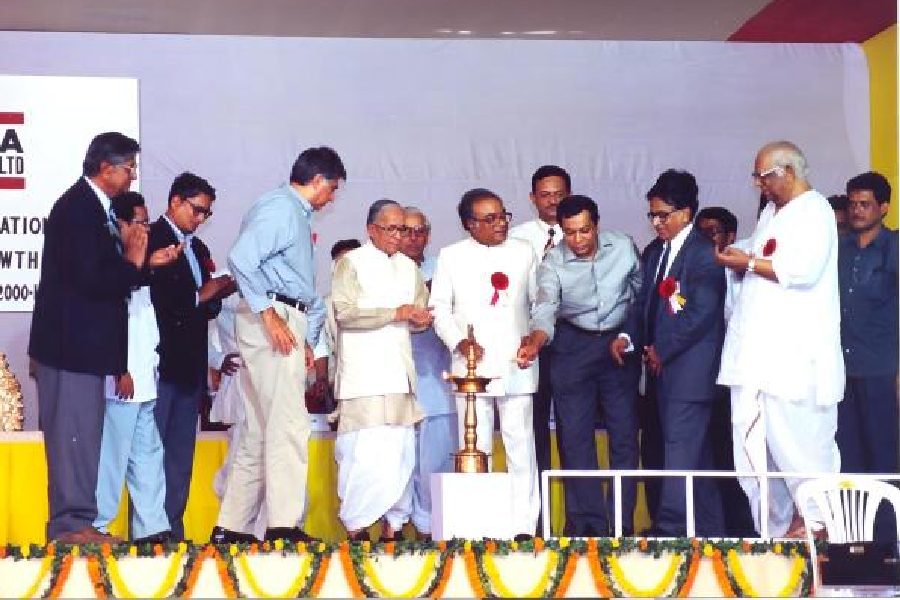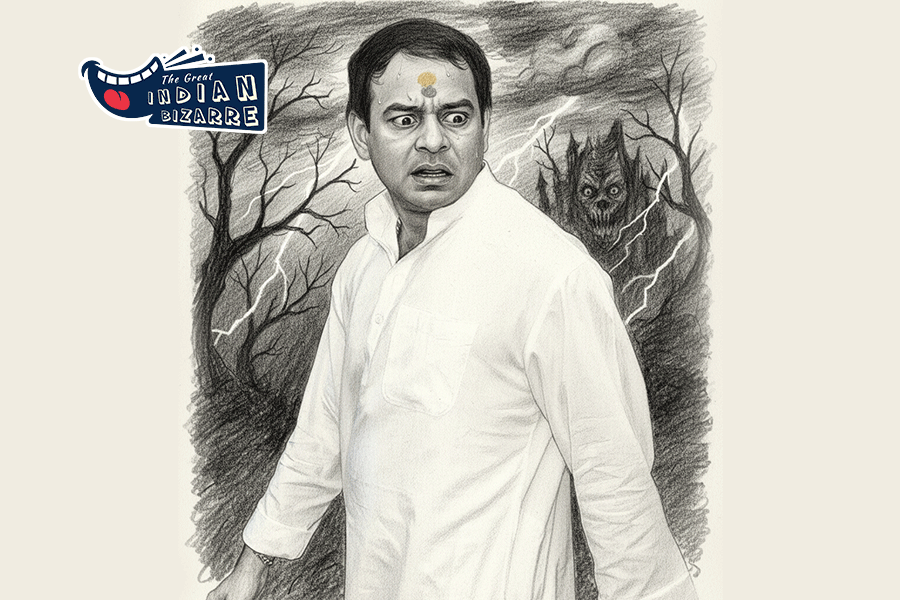Haldia Petrochemicals, which put Bengal on the map of polymer and plastic industry globally and ushered a wave of downstream units creating lakhs of jobs, completed 25 years of existence on Wednesday, the journey — marked by several ups and downs — ensuring a special place for the company in Bengal’s industrial history.
On reaching the milestone, technocrat-turned-entrepreneur Purnendu Chatterjee, the principal promoter of the company, wrote to the employees, recollecting HPL’s journey, which has often been bumpy.
“Reflecting on the early days of HPL, I am filled with a sense of nostalgia for the excitement and challenges we encountered in our formative years. Despite initial doubts about the viability of the project in the eastern region and the numerous hurdles we faced, it is immensely gratifying to see how far we have come. Today, HPL holds a pivotal position in the industrial landscape of Bengal and the eastern region of India,” Chatterjee wrote.
The project — conceived in the mid-80s by the Jyoti Basu-led Left Front government that turned the implementation of HPL and the thermal power plant at Bakreshwar an emotive political issue — not only survived near bankruptcy due to a financial crunch but also managed to rise from the ashes and thrive.
Though the company began its journey as a tripartite joint venture between The Chatterjee Group, the Bengal government’s West Bengal Industrial Development Corporation and the Tata group, most observers think that the company, as it stands today, bears testimony to the conviction of one person — Purnendu Chatterjee, referred to as PC in close circles.
The New York-based septuagenarian, who is often referred as the richest Bengali in Calcutta’s cocktail circuit, clung to HPL through its many lows and highs and put the company on a solid footing.
Since the launch of its commercial production in 2001, HPL encouraged many small and medium companies to set up units here, processing the polymers HPL produces to make finished goods for everyday use such as plastic chairs.
“We take great pride in having played a pioneering role in the establishment of nearly 1,000 downstream units, which have generated approximately 7 lakh jobs in the region,” Chatterjee pointed out in the letter.
The company is also credited to groom professionals for the industry, who now work with global majors from Aramco to Adnoc.
Riding high with the petrochemical cycle, which goes through its periodic boom and bust, the company made enough profit that it acquired technology supplier Lummus in a multi billion dollar deal in the beginning of the decade.
PC, who championed the strategy of leveraged buyouts, has never been averse to taking new challenges.
A subsidiary of HPL is now building a phenol and an acetone plant at an investment of ₹5,000 crore, which is expected to be complete by the end of FY26. Once completed, the project is expected to encourage a robust chemical downstream industry in Bengal and the east, just as it did with polymers 25 years ago, experts believe.
In his letter to the employees, PC did not forget to mention the challenges ahead, given the petrochemical downcycle that is taking a toll on the financial performance of the company. After suffering losses for the last few years, HPL had to sell a majority stake in Lummus to a promoter group firm to deleverage the balance sheet.
In his address, Navanit Narayan, whole time director & CEO, HPL reminded that next 12 months will be crucial.
“The next 12 months will be a cornerstone for the organisation as we undertake a very ambitious but comprehensive turnaround of the plant – TA25 starting mid-April (a 45-days maintenance shutdown). Project Haven (Phenol/Acetone) is on track and our teams are working to ensure that we complete the project by the end of FY26,” Narayan wrote.
There has never been a dull moment in HPL’s existence so far. The years ahead promises to be no less.











